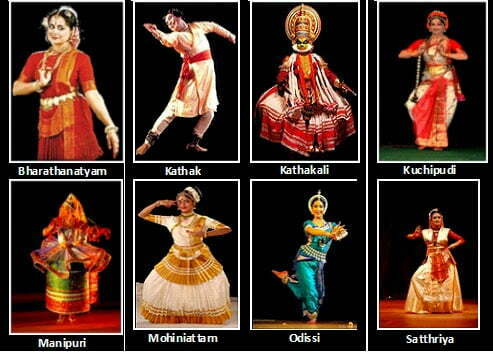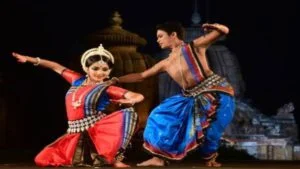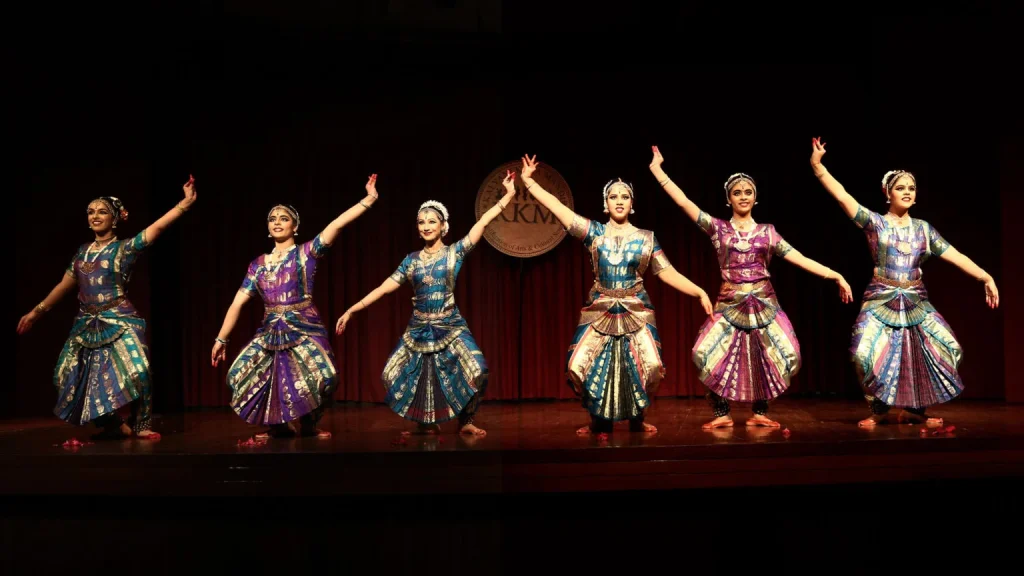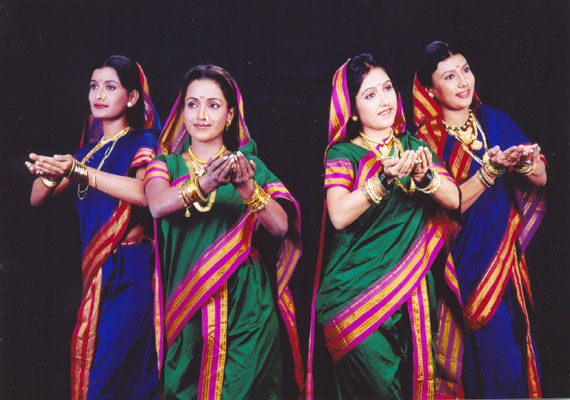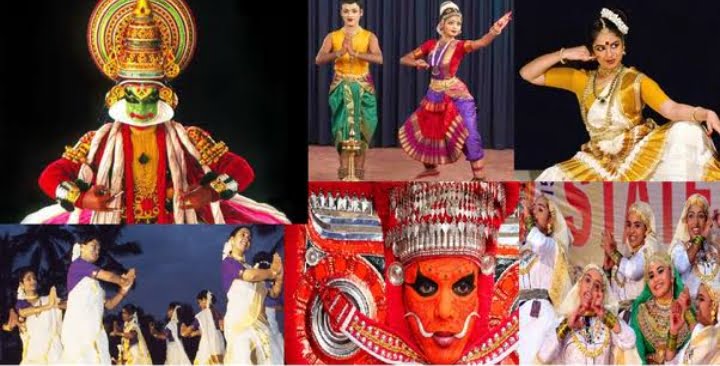
India is an unique country with nearly every state having its own language, food, and dancing styles. We know that, India’s dance forms include traditional, classical, folk, and tribal dances. All of which are breathtaking.
All of the amazing traditional dances began in India throughout ancient times, with Bharatanatyam being the oldest and most popular.
Therefore, let’s take a journey through India with its famous classical dance genres and folk dances.
A Short Brief
Classical dancing and folk dancing are the two styles of traditional dancing. These two dance genres are one of India’s most important. The main distinction between these two is their origin.
Folk dance was introduced from the local heritage of the each state or geographical location. Whereas classical dancing is closely linked to Natya Shastra.
India is a diverse country with many cultures and religions. Various societies follow these civilizations. As a result, culture has a significant part in the lives of Indian citizens.
Indians engage in a variety of activities that are related to their culture. For instance, dance, song, plays, and other similar activities are examples of these activities. Traditional Indian dancing is very popular, and it has earned India a lot of respect all over the world.
There are many diverse cultures and religions in India.
Speculative Origins and style
Classical dancing refers to a series of dances that have their origins in Natya Shastra. Thus, the Natya Shastra is an ancient treatise about theatre and drama.
The Natya Shastra is the source of classical dance. Lasya and Tandava are the two fundamental aspects of classical dance.
Folk dance is a type of dance that develops when individuals begin to reflect on their life frequently while listening to local music.
Style
On the basis of technique, grammar, and execution, classical dance genres are deemed well-developed. Consequently, these dance forms are passed down through generations through a guru-shishya relationship. This dancing style is known for being stylized and performance-oriented.
Folk dancing is a type of dance that develops with the help of people who are expressing themselves through dance, often to the accompaniment of local music.
Folk dance is a type of group dance in which the goal is to perform for celebratory purposes such as harvest, weddings, and so on. This dance does not require any instruction, but it does require the performer to replicate the steps as taught.
The sole purpose of performing these dances is for the audience to have fun.
Sincerity and Commitment
Classical dance is thought to be more difficult, and the technical components are always strictly adhered to.
Firstly, Folk dancing is said to be liberating and amusing. As a result, this dance form is based on a variety of local stories concerning two-person or two-season connections.
Grace, composure, postures have to be perfect in classical dance. These are the things are what you can expect from a classical dance form. Enthusiasm and power are what you can expect from folk dancing. Classical dance is done by professionals who have years of expertise or have been taught in this dancing genre for many years.
Folk dance is not performed by specialists or professionals because it is a form of dance that is performed by the general public. There are a total of eight classical dances in India.
In India, there are around 30 types of folk dance practised in various states.
If folk-dances are humming in vibe with a group of friends then classical dance is playing Bina amongst the crowd. Even folk-dances are performed in functions but it matters that anyone can perform them.
Even an untrained dancer. Although, classical dances are more serious.
Famous Indian classical and folk dances
Classical Dances of India are BharatNatyam from Tamil Nadu, Kathakali from, Kerala, Mohini Attam from Kerala as well. Odissi from Odisha, Kuchipudi from Andhra Pradesh, Manipuri from Manipur and Kathak from the North India, particularly Uttar Pradesh.
They are eight in number as they are recognised by the Ministry of Culture as the eight classical dance forms of India. Sattriya from Assam is the eighth one.
Eventhough, there are nearly as many as 30 Folk Dances, some most popular of them are-
Jhumar from Rajasthan
Garba from Gujarat
Giddha from Punjab
Bhangra from Punjab
Yakshagana from Karnataka
Mayurbhanj Chau from Odisha
Purulia Chau from West Bengal
Tamasha from Maharashtra
Lavani from Maharashtra
Kalbelia from Rajasthan
Bihu from Assam etc.
Everyone cannot perform any of the classical dances according to their wish. For it is very technical and training-oriented. Although, a person from any state can perform a folk-dance from any other state which they like.
Indeed, we have even seen many college and school festivals adapting folk-dances of other states for their appeal and entertaining value!
Share with your friends
